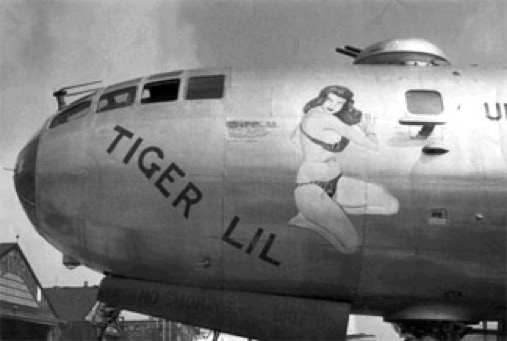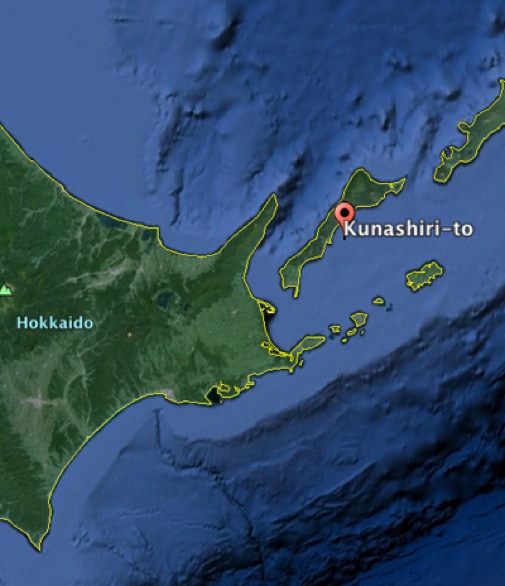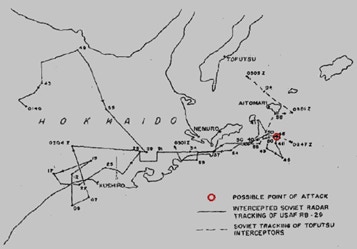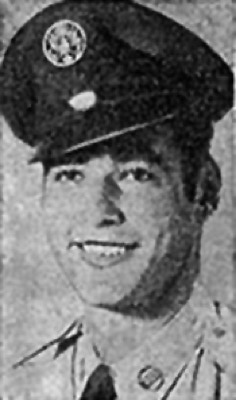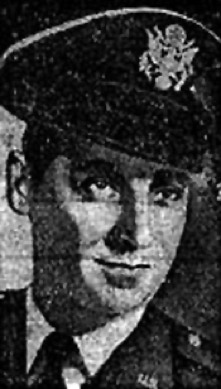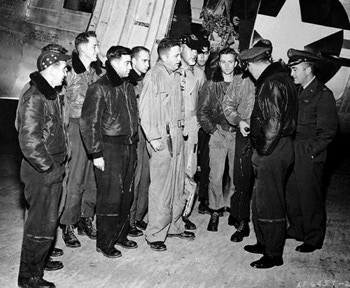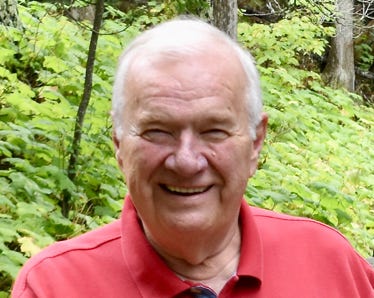DUTY, HONOR, COURAGE, RESILIANCE
Talking Proud: Service & Sacrifice
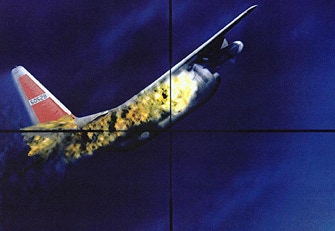
Airborne Peripheral Reconnaissance, Cold War Losses
“Silent Sacrifices”
USAF RB-29A , Sea of Japan, November 7, 1954
On November 7, 1954, two Soviet MiG-15s from the 10th Air Army Regiment T5350D at Tofutsu, on the Soviet-controlled island of Kunashir in the “lesser Kuriles,” attacked and shot down a USAF RB-29A (42-94000).
The RB-29 was reportedly on a photographic mission over Hokkaido. It was from the 91st SRS Yokota, Japan, and was nicknamed “Tiger Lil.”
This map shows how close Kinashir, USSR, was to Hokkaido, Japan. The Japanese claimed it, and the Russians occupied and administered it.
This aircraft received considerable accolades during the Korean War. The opening photo shows her after her 25th mission.
The aircraft was then designated to conduct reconnaissance. It was stripped of its nickname, the indications of the number of its missions, and its nose art. It was modified to carry high-resolution cameras for photo mapping and reconnaissance purposes. It also carried Signals Intelligence (SIGINT) intercept equipment.
Historic Wings reported the RB-29 left Yokota AB, Japan, and flew north to begin its mission. The mission was to make three passes over Hokkaido for mapping purposes.
Even before she arrived in the region, MiG aircraft were conducting patrols over the Kurile Islands.
The attack occurred about seven miles from the coast of Japan, 15 miles from the Kurile Island chain. There were eleven souls aboard. The pilot ordered the crew to bail out, and the navigator went out shortly after that. However, when the skipper saw the coast, he rescinded the bail-out order and crash-landed the aircraft on Hokkaido soil, about ten miles east of Kenebetsu. The remaining crew safely disembarked the aircraft, after which it burned. The navigator, 2nd Lt. Sigfredo Angulo, ran into serious problems parachuting down and died in the ocean.
The Soviets tracked the RB-29 for over an hour before the attack. MiGs were flying defensive patrols in the area for about two hours before the attack and continued for about 4.5 hours afterward. The Soviets had been tracking the aircraft as “suspicious,” but six minutes before the attack changed the designation to “hostile.”
The Soviet ground controller vectored the MiGs toward the RB-29 and instructed the pilots, Kostin and Seberyakov, to acquire the target visually. Once they did that, the ground controller gave the order to attack, repeating the command three times over two minutes.
The MiGs closed rapidly from below 10,000 ft while the RB-29 was at 16,000 ft. One of the American gunners, A2C Walter Lentz (shown here), spotted the MiGs and called them out. The aircraft commander was Capt. Anthony F. Feit. He turned his aircraft toward Hokkaido but told his co-pilot, Lt. David Oliver, that he did not think the MIGs would shoot. He felt they were in Japanese airspace. The RB-29 crashed about eleven minutes later.
Lentz would later tell reporters the following:
“They (the MiGs) were pulling up in an inverted dive. They slid under the plane (RB-29) and came back. I saw the first yellow burst and then lost my head, screaming, ‘They’re firing!’”
Lentz then said he turned his twin .50 cal machine guns into firing position and waited for the order to fire, an order which never came.
The MiGs closed and opened fire, then passed below the RB-29 to make a split-S back down to evade return fire. Once clear, they returned for a second pass.
Capt. Feith (shown here) did not issue the order. He said later that he wanted to fire back but was subsumed by completing his mission, saying, “…I thought we might be able to finish the mission.” He has also been quoted saying, “Much as I would have liked to (shoot back), (I did not) for one reason: we did not get our mission accomplished, and either myself or someone else was going back to get those pictures.” He would also say, “Then we spotted the two fighters on our right. (Perhaps it was) just a premonition,” but he ordered the RB-29 to head straight to the west away from Soviet territory. He added, “A member of the crew informed me that a pass was being made, and in almost the same breath that it was a firing pass and that we were hit. I decided for the safety of the few, we should leave.”
Feith would later say he saw no advantage in returning the Soviet fire. Lt. David Oliver, the co-pilot, said, “I don’t like getting shot at. I was mad. But as the captain said, there was nothing to be gained by shooting at them.”
Feith later acknowledged that there were 15 enemy bullet holes 15 inches above the tail gunner’s head. His RB-29 was now well within Japanese airspace, only seven miles from the coast. Feith said he never approached closer than 15 miles from any Soviet airspace. He said,
“I was approximately nine miles off Hokkaido … When fired upon, we were even further away (than 15 miles) from Russian territory. We were headed toward land.”
Feith accused the Soviets of overflying Japan, saying in response to a question on that score, “Yes, I would say they were on their last pass.”
Feith said after the crash, he radioed for help and learned several US fighters were in the area. Feith told reporters the MiGs attacked just after he finished the first of his three passes over Hokkaido. He said he was at 17,000 ft. He argued the Soviet fighters were clearly in Japanese airspace.
On the second pass, the MiGs struck the RB-29’s wing tank. On November 8, 1954, AAP News reported that the MiGs hit the #1 engine, making the aircraft difficult to maneuver. It further reported that Lt. Oliver, the co-pilot, broke radio silence just before bailing out to advise that they were under attack.
Flames spewed quickly from the damaged wing tank and engulfed the wing and the engine. Feith felt he could not make it to Hokkaido, so he instructed the crew to bail out. All men cleared the aircraft, but one drowned, tangled in his parachute lines. USAF trucks picked up the crew; the crew was flown to Yokota for examination; all were fit, said to be in excellent condition, and returned to duty. Their aircraft crashed into an unoccupied house on Japanese soil, destroying it.
The State Department said the RB-29 never left Japanese airspace. It said the aircraft had just made a 180-degree turn away from the Kurile Islands when the two MiGs opened fire.
Historic Wings added these details,
“At the National Security Agency, the intercepts and Electronic intelligence (ELINT) that had been collected painted a clear picture of events. The radar plots from the Soviet systems were evaluated, and it was realized that the Soviets had patrolled the airspace nearby for over two hours before the attack. It did not take long for them to declare the US aircraft hostile once it flew over Hokkaido. The ground controllers then ordered to shoot the RB-29 down – repeating it three times for clarity. After the second pass, the bomber flew on for 11 minutes before crashing. Even after the two Soviet MiG-15s that had fired on the plane returned to base, the Soviets kept fighter cover-up in the area for an additional four and a half hours.”
This photo shows Colonel Albert Welsh (right), Commander of the 6007th Reconnaissance Group, and Lt. Col. Raymond E. Gandy (right, foreground), Commander of the 91st Strategic Reconnaissance Squadron, conferring with the ten surviving crew members. from left to right they are: Sgt. Harold R. Taylor, A3C Wallace Whalen (partially hidden behind Taylor), A1C John Dalton II, 2nd Lt. Henry Sechler, radar operator, A1C Robert Berry, 2nd Lt Harry Rollins, 1st Lt David Oliver, A2C Walter Lentz, A3C Early Weimer, and Capt. Anthony Feith.
Welsh would later say he would not criticize Feith’s decision not to return fire, saying, “There must be some misunderstanding in this case.” However, he added that attacking planes would get a “different reception in any future incidents of this kind.” Some press reports said Feith was rebuked for his decision.
President Dwight Eisenhower commented on the shootdown. He said, “The specter of nuclear war looms less threateningly.”
___________
Click to zoom graphic-photo
Table of Contents
- Introduction
- USN PB4Y2, Baltic Sea, April 8, 1950
- USN P2V Neptune, Sea of Japan, November 6, 1951
- USAF RB-29, June 13, Sea of Japan, June 13, 1952
- USAF RB-29, Sea of Japan, October 7, 1952
- USAF RB-50, Sea of Japan, July 29, 1953
- USN P2V, Sea of Japan, September 4, 1954
- USAF RB-29A , Sea of Japan, November 7, 1954
- USAF RB-47 , off-shore Kamchatka Peninsula, April 18, 1955
- USAF RB-50G , Sea of Japan, September 10, 1956
- USAF C-130A , Soviet Armenia, September 2, 1958
- USAF RB-47H , Barents Sea, July 1, 1960
- USAF RB-66C , East Germany, March 10, 1964

